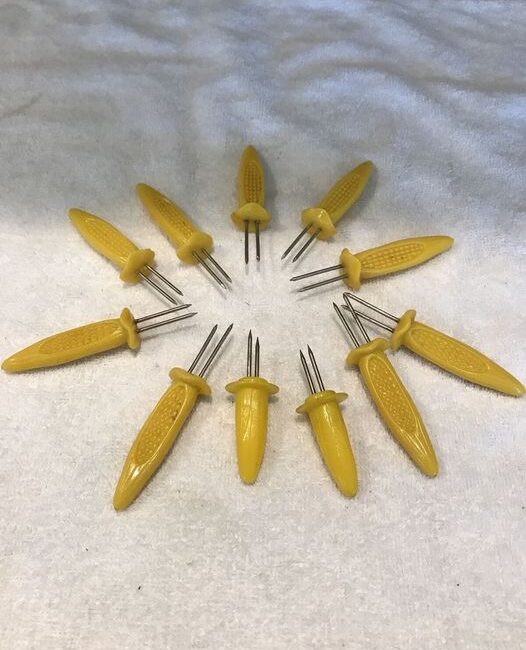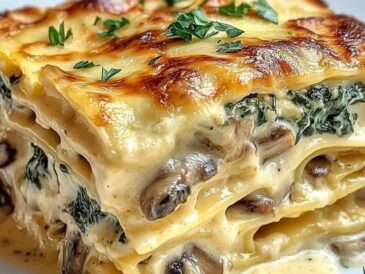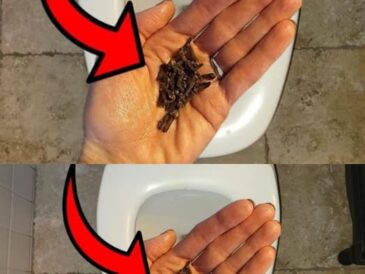As I was cleaning the kitchen in my husband’s former home, I stumbled upon a peculiar collection of yellow items nestled in a dusty drawer. Upon closer inspection, I realized they were corn on the cob holders, those charming little skewers that make enjoying one of summer’s quintessential treats so much easier. Intrigued, I decided to delve into the history and evolution of these humble culinary tools. From their inception to their cultural significance today, corn on the cob holders have a story worth exploring.
The Historical Roots of Corn on the Cob Holders
Corn, or maize, has been a staple food in many cultures around the world for thousands of years. Originally domesticated in southern Mexico around 9,000 years ago, corn spread across the Americas and eventually into Europe and beyond following the Columbian exchange. As corn became more prominent in diets, especially in the United States, the need for practical tools to enjoy it efficiently became apparent.
Early 19th Century: The Birth of the Skewered Holder
Corn on the cob holders, at their essence, can be traced back to the early 19th century. The emergence of these skewers coincided with corn’s rise as a common dietary staple. In homes where corn was frequently consumed, the challenge of enjoying a hot cob without burning one’s fingers became a common concern.
Early versions of corn on the cob holders were crafted from readily available materials like wood, bone, or even metal. These skewers were designed with simple functionality in mind: two prongs at opposite ends to secure the cob while allowing diners to indulge in the juicy kernels with ease.
Material and Design Innovations
As the demand for corn on the cob holders grew, so did the ingenuity of their designs and materials. Craftsmen began experimenting with various wood types, transitioning to metal as culinary tools became more advanced. Stainless steel emerged as a popular choice, providing durability and resistance to heat, which were critical for something that often came into contact with boiling corn.
By the mid-20th century, corn on the cob holders began to show more stylistic attributes. Companies started to design them in colorful, whimsical shapes and sizes, appealing not only to function but also to aesthetics. Families began to collect these holders, often as part of sets that reflected their personalities or favored themes. The introduction of plastic also led to an explosion of playful designs, making the holders not just tools but conversation pieces at summer gatherings.
Corn Holders: From Practicality to Cultural Icon
With the evolution of design and material came a shift in the cultural significance of corn on the cob holders. Once mere utensils for convenience, they gradually became symbols of summer, laughter, and communal meals.
A Staple of Summer Gatherings
Summer barbecues and picnics are synonymous with corn on the cob. These gatherings foster a sense of community, bringing friends and families together over grilled meats and fresh produce. The act of eating corn on the cob requires a level of togetherness and shared experience that few other foods demand.
In many American households, corn on the cob holders are not just practical tools; they are integral to family traditions. They evoke memories of hot afternoons spent on the patio, children giggling with butter-smeared faces, and the joyful banter that accompanies a meal al fresco. Today, corn on the cob holders are often incorporated into family picnics, reunions, and holiday barbecues, serving as a reminder of fun-filled summer days.
Craftsmanship and Artistic Expression
As the demand for unique designs grew, artists and artisans began creating corn on the cob holders that reflected personal artistry. Vintage pieces from skilled craftsmen are highly sought after, often displaying intricate designs and attention to detail that are unfathomable in mass-produced versions.
Collecting vintage corn on the cob holders has become a hobby for many. Ebay and antique shops are treasure troves for individuals seeking out unique designs, often sought after for the nostalgia they evoke. Some holders feature whimsical designs, such as animals or popular characters, while others embrace classic themes like farm life, bringing a dash of personality to what is often considered a mundane kitchen item.
Corn on the Cob Holders Around the World
While corn on the cob holders are largely recognized in North America, variations exist around the globe that showcase cultural adaptations to enjoying corn. Each culture that incorporates corn into its diet has developed its own methods and tools for consuming it.
Native American Traditions
Native Americans were among the first to domesticate corn, and its consumption has deep cultural roots. While traditional holders may not have been prevalent, the communal way in which corn was enjoyed can be seen in their culinary practices today. Whether roasted over an open fire or grilled, corn remains a staple in many Native American meals, often served alongside traditional dishes at celebrations and gatherings.
European Variations
In traditional European cuisine, corn may not hold the same heavy cultural significance as it does in North America, but it remains an integral part of various dishes. In countries like Italy and Spain, corn is often used in polenta or as an ingredient in various other dishes. While corn on the cob holders may not be common, the cooking methods and styles can vary widely, showcasing local tastes and preferences.
Contemporary Global Trends
In recent years, as corn has become a global staple, the corn on the cob experience has transcended borders. Street vendors in places like Mexico and Brazil serve grilled corn adorned with sauces and spices, inviting locals and tourists alike to indulge. Corn on the cob holders can be found alongside these vendors, providing a means for patrons to enjoy their treats while minimizing mess.
The Modern Corn on the Cob Holder: Function Meets Flare
In today’s market, corn on the cob holders come in a dazzling array of designs, materials, and price points. From simple stainless steel varieties to colorful and quirky plastic options, there is a holder for every personality and occasion.
Ergonomics and Safety Improvements
Modern designs focus not only on aesthetics but also on comfort and safety. Many contemporary holders feature ergonomic handles that provide a comfortable grip, allowing for easy maneuvering and cleaning. Manufacturers have also focused on developing products that are dishwasher safe, encouraging more families to utilize them regularly without the hassle of hand-washing.
The Environmentally Conscious Shift
With the increasing awareness of environmental issues, many companies have begun offering eco-friendly corn on the cob holders made from sustainable materials. Bamboo, for example, has emerged as a popular material, offering a biodegradable and stylish alternative to traditional plastic. This shift caters to an audience that values sustainability while still wanting to enjoy their summer meals in style.
Crafting Your Own Corn on the Cob Holders
For those seeking a personal touch, crafting your own corn on the cob holders can be a fun and fulfilling project. Utilizing simple materials, families can create unique designs that reflect their individual tastes and preferences.
Materials Needed
- Wooden Dowels or Skewers: Choose sturdy wooden dowels or skewers to form the base of the holders.
- Decorative Elements: Use non-toxic paint, fabric, or beads for embellishing the holders.
- Finishing Options: Consider adding a food-safe finish to protect your creations while allowing for easy cleaning.
Steps to Create Your Own Holders
- Choose Your Dowels: Cut your wooden dowels to the desired length to create a comfortable holder.
- Add Creativity: Embellish the dowels with paint, patterns, or beads to suit your style.
- Dry and Finish: Allow the holders to dry completely. If using a finish, apply a food-safe sealant to ensure durability.
- Enjoy: Use your new holders during your next summer gathering, and share the story of your creations with friends!
The Nostalgia Factor: Corn Holders and Family Memories
As I examined the yellow corn on the cob holders from my husband’s former home, nostalgia washed over me. It reminded me of summers spent together, enjoying delicious meals with family and friends. Each holder likely carried a history of laughter and joy, making them more than just kitchen tools; they were artifacts of cherished moments.
Family Traditions and Stories
Sharing meals is a ritual that has continued for centuries, and every object in the kitchen holds a story. The corn on the cob holders found in my husband’s former home represented not just a tool but an embodiment of family tradition. They likely witnessed lively conversations, laughter, and the simple pleasure of shared food. Many families find joy in passing down certain kitchenware, creating a lineage of memories connected to the tools they cherished.
Conclusion: Embracing the Legacy of Corn on the Cob Holders
In our fast-paced world, where meals are often hurried and eaten on the go, the corn on the cob holder serves as a reminder to slow down and savor the moment. They invite us to gather around a table and relish the flavors of summer while enjoying the company of loved ones.
Corn on the cob holders have come a long way from their simplistic beginnings. Today, they are more than utensils; they are artifacts that connect us to our past, enhance our culinary experiences, and symbolize the importance of community and tradition.
As I place these yellow treasures back into the drawer, I am reminded that their legacy will continue, not just in the practicality they offer but in the memories they help create—one corn on the cob at a time.




